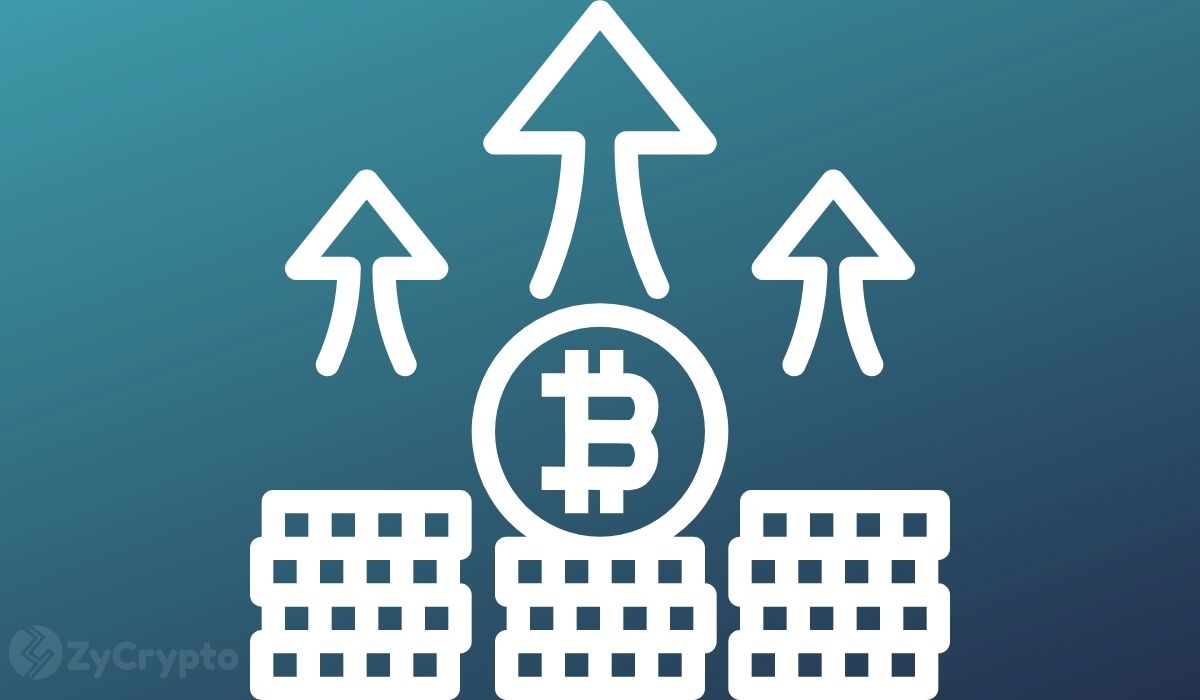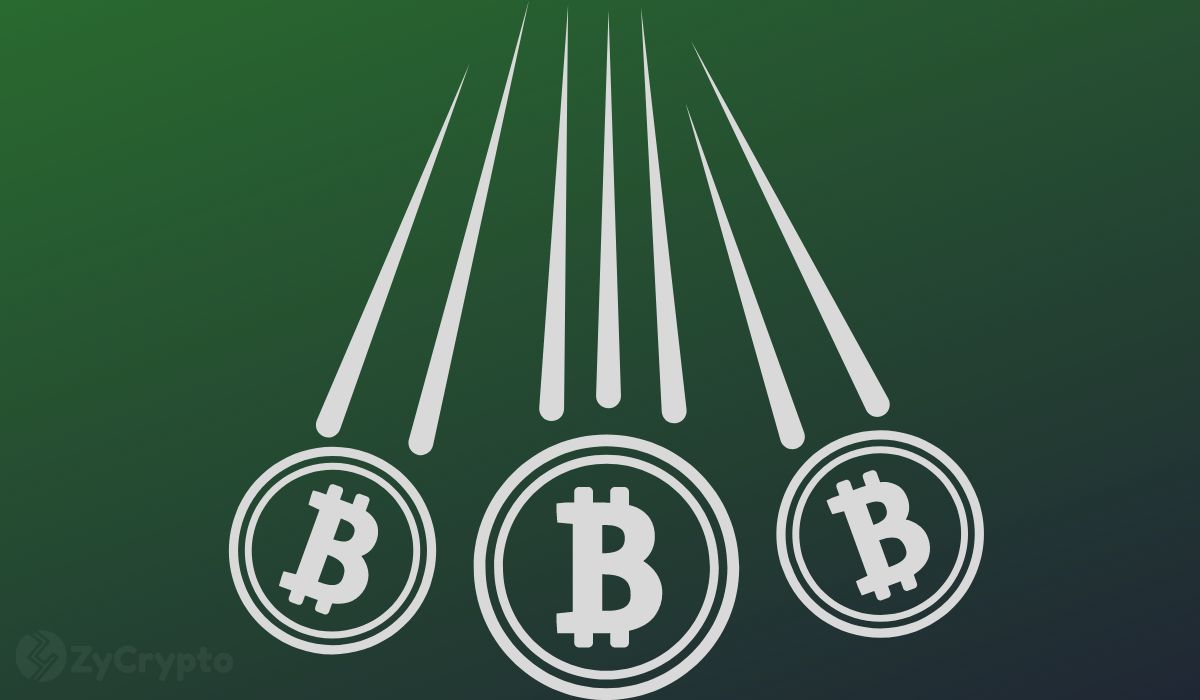ARTICLE AD BOX

- Rising inflation expectations impact market sentiment, leading to uncertainty in risk assets and potential shifts in investor strategies toward alternative stores of value.
- Ohio, Texas, and Pennsylvania explore Bitcoin reserves, signaling increasing institutional adoption and potential shifts in financial strategies to hedge against inflation.
A new University of Michigan survey shows U.S. inflation expectations rising from 3.3% to 4.3%, the highest since November 2023. It’s also the second month in a row inflation forecasts have climbed noticeably. Having only happened five times over the preceding 14 years, such rises are unusual.
Market confidence took a hit as the consumer sentiment index dropped from 71.1 to 67.8, the lowest since July 2023. At the same time, traders are starting to doubt whether the Federal Reserve will actually follow through on rate cuts. Many had expected two rate cuts this year, but today’s expectations are beginning to shift: only one cut is seen as reasonable.
From the University of Michigan consumer survey:
"Year-ahead inflation expectations jumped up from 3.3% last month to 4.3% this month, the highest reading since November 2023 and marking two consecutive months of unusually large increases. This is only the fifth time in 14 years…
— Nick Timiraos (@NickTimiraos) February 7, 2025
Market Uncertainty: Pressure or Opportunity for Digital Assets?
Risk assets like equities and cryptocurrencies are probably under pressure as predictions of interest rate cuts dwindle and inflation rises, calling for changes. Certain experts think that this rise in inflation could extend the time of uncertainty in the financial markets.
Should the Federal Reserve postpone interest rate reductions, investors will probably be more wary about speculating on cryptocurrency.
On the other side, many also think that macroeconomic uncertainty could potentially be the reason crypto rises. For instance, many have seen Bitcoin as a counter against inflation. Investors can flee into digital assets if worries about increasing pricing of goods and services develop.
US States Start to Accumulate Bitcoin
Several US states have acted boldly amid this upheaval. Ohio has proposed a state-run Bitcoin fund to guard public money from inflation, CNF has reported. Not just Pennsylvania, Texas, and Ohio have sought Bitcoin reserves as a long-term investment and means of financial security.
This choice is fascinating since it indicates that more and more big organizations are beginning to see Bitcoin as a real asset rather than only a speculative instrument. Should this tendency continue, it is not unthinkable that more nations or even states might adopt similar policies.
Crypto Market: Bullish or Bearish?
Where the crypto market is headed going forward is the current question. Rising inflation and Fed tightening of monetary policy could, on the one hand, be a short-term drag on crypto values. As uncertainty rises, markets sometimes avoid risk.
Conversely, however, increasing institutional acceptance and using Bitcoin as an inflation hedge could be encouraging drivers. Imagine if more businesses and governments began storing Bitcoin as a reserve asset—demand would rise while supply stays limited.
Moreover, this year is noteworthy since the halving of Bitcoin is about to happen. Usually, this occurrence is followed by a notable price surge in the next months. Should this trend recur, investors may have a chance to build before the next spike takes place from the present price correction.
Rising inflation expectations create challenges for the crypto market, but that doesn’t mean the recent momentum will suddenly stop. In fact, economic uncertainty could strengthen Bitcoin’s appeal as an alternative asset.
.png)
 3 hours ago
1
3 hours ago
1








 English (US)
English (US)